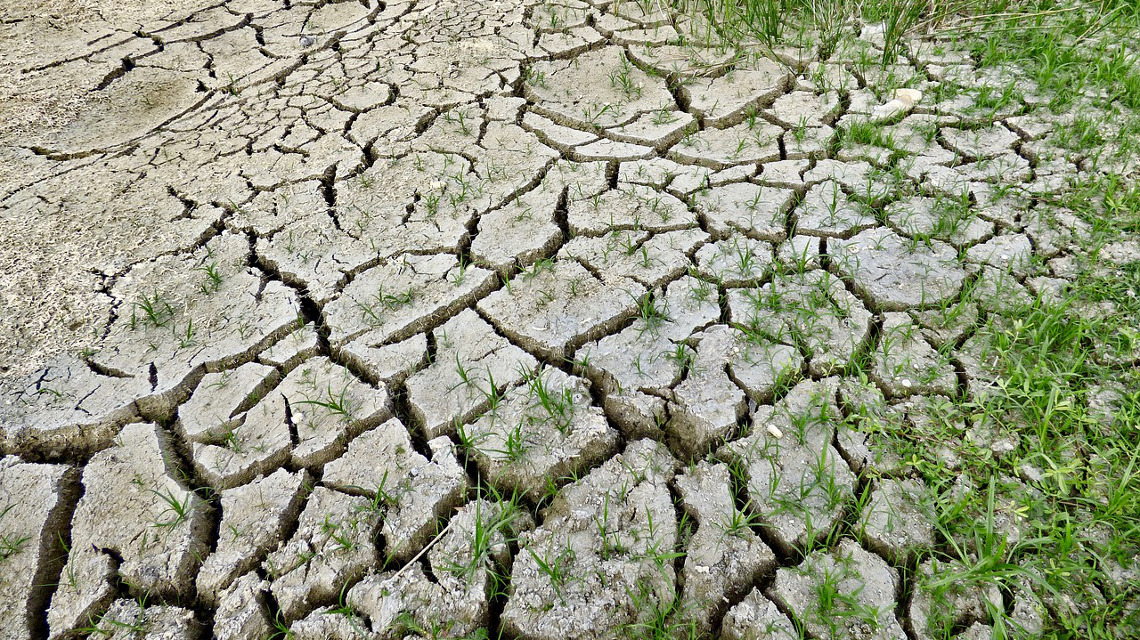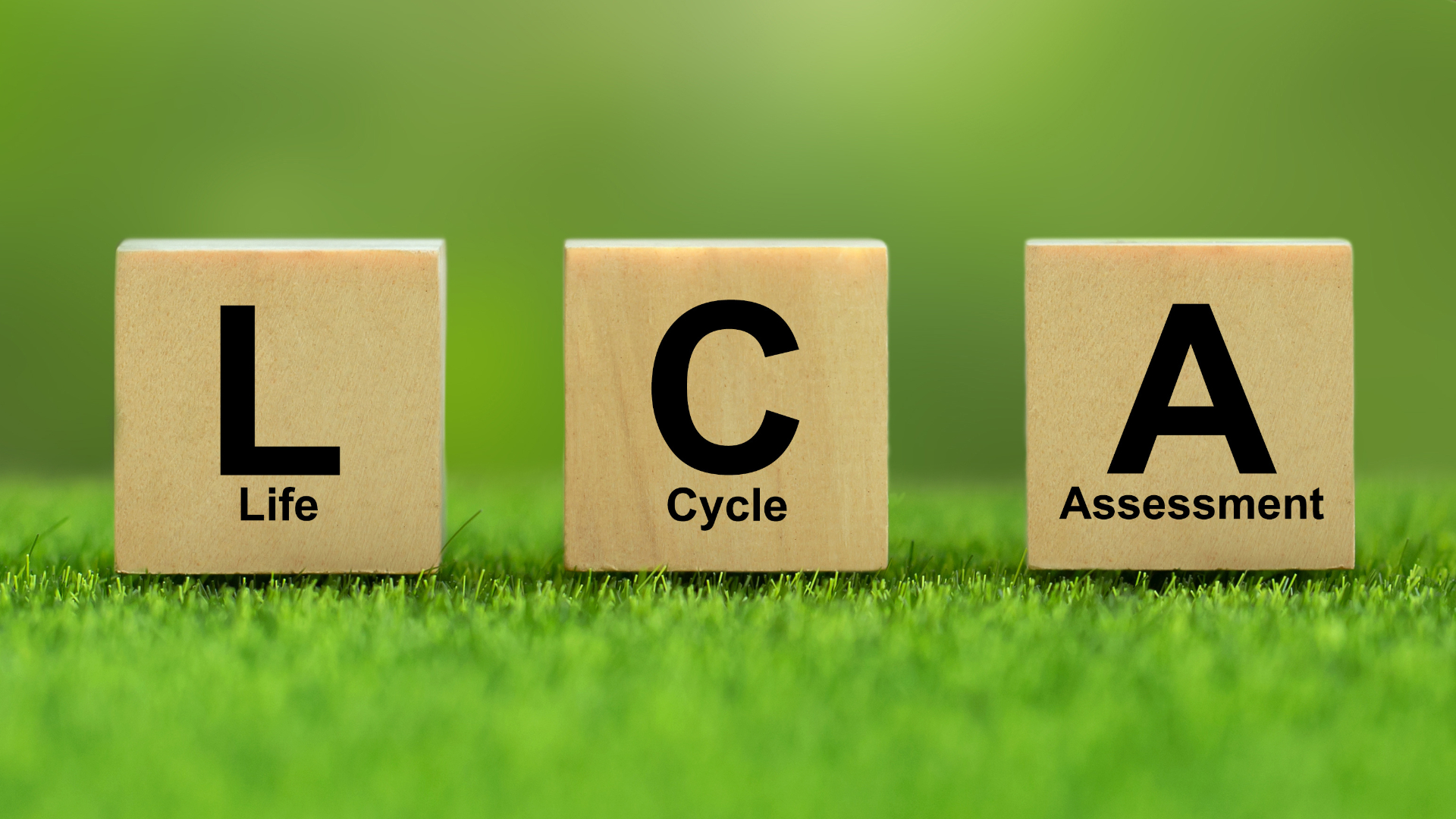Fighting climate change with bioeconomy
The European Commission calls for a pan-European long-term strategy for a prosperous and climate neutral economy and names the bioeconomy as key to achieving these goals.

The last summer has demonstrated the consequences of climate change and global warming all too vividly for Germany and all of Europe. For instance, a prolonged drought has caused rivers to fall dry and is hindering national as well pan-European shipments well into December.
In October, the Intergovernmental Panel on Climate Change (IPCC) issued its Special Report on the impacts of global warming. Their conclusion: human-induced global warming has already reached 1°C above preindustrial levels and is increasing at approximately 0.2°C per decade. Without stepping up international climate action, the global average temperature increase could reach 2°C soon after 2060 and will continue rising afterwards. This, however, will have dire consequences for ecosystems around the world, it will cause floodings and decrease the availability of arable land. In short: Global warming above 1.5°C compared to preindustrial levels will seriously endanger the survival of mankind. To avert these dangers, the Parties to the United Nations Framework Convention on Climate Change are currently discussing strategies how to reduce carbon- and greenhouse gas emissions at the COP24 in Katowice in Poland.
Long-term strategy for a climate neutral economy needed
In preparation for the high-level meeting, the European Commission has published an official communication to the European Parliament, the European Council, the Council, the European Economic and Social Committee, the Committee of the Regions and the European Investment Bank. The message of the communiqué is clear: In order to live sustainably on this planet and be able to clothe, shelter and feed a growing global population, the EU needs to lead by example and establish and implement a long-term strategy for a prosperous, modern, competitive and climate neutral economy. To that end, according to the Commission, the bioeconomy and the circular economy will play vital roles.
As stated by the Commission, the aim of this long-term strategy is to confirm Europe's commitment to lead the fight against global warming and to present a vision that can lead to achieving net-zero greenhouse gas emissions by 2050 through a socially-fair and cost-efficient transition. However, the proposed strategy does not intend to launch new policies, nor does the European Commission intend to revise the 2030 Sustainable Development Goals. Instead, the strategy outlines a vision of the required economic and societal transformations spanning all sectors of the economy and society to achieve the transition to net- zero greenhouse gas emissions by 2050.
The benefits of the bioeconomy
Reaching net-zero greenhouse gas emissions will require maximising the potential of technological and circular economy options, the large scale deployment of natural land based carbon sinks including in the agricultural and forestry sectors as well as shifts in mobility patterns. Thus, according to the Commision, the road to a net-zero greenhouse gas economy could be based on joint actions along a set of seven main strategic building blocks that include maximising energy efficiency in the context of zero emission buildings, decarbonising the energy supply, the circular economy as a key enabler to reduce greenhouse gas emissions, digitalisation to enable smart network infrastructures, and “reaping the full benefits of the bioeconomy”.
For a successful bioeconomy the availability of sustainable biomass is of the upmost importance: Biomass can directly supply heat, be transformed into biofuels and biogas, and can be transported through the gas grid substituting natural gas. Moreover, it can substitute for carbon intensive materials, particularly in the building sector but also via new and sustainable bio-based products such as bioplastics and composites
According to the Commission, a net-zero emissions economy is built upon increasing amounts of biomass compared to today’s consumption, with highest projections seeing an increase in bio-energy consumption of around 80% until 2050. Thus, an increased biomass production will need to come from a combination of sources. However, a biomass-based transition is limited by the availability of land - which is also finite. In order to alleviate the multiple demands on the EU's land resources, improving the productivity of aquatic and marine resources will therefore also be important in capturing the full range of opportunities of the bioeconomy. This includes for instance the production and use of algae and other new sources of protein which have the potential to relieve the pressure on agricultural land.
Citizens will have to become active participants
However, the development of the options and actions explored will not only depend on the speed of their initial deployment, but also on the extent to which citizens become active participants in the transition, and the public’s acceptance of certain low and carbon-free technologies.
Moreover, a massive research and innovation effort, built around a coherent strategic research, innovation and investment agenda is needed in the EU within the next two decades to make low and zero-carbon solutions economically viable and bring about new solutions. Accordingly, climate is also at the heart of Horizon Europe, the European Commission’s proposal for the new EU's research and innovation programme. The Commission proposes to invest 35% of the near € 100 billion budget in climate objectives, through the development of innovative and cost-effective zero-carbon solutions.
This research and new inventions will subsequently also spur growth in other sectors. Already today there are an estimated 4 million 'green jobs' present in the EU. Further investment into the industrial modernisation, the energy transformation, the circular economy, clean mobility, green and blue infrastructure and the bioeconomy will create even more high quality employment opportunities.
The EU: leading by example
In its report the Commission also stresses that this long-term strategy for the EU cannot be pursued in isolation. Therefore, the EU must promote a worldwide uptake of policies and actions to halt climate change and transition to a worldwide low carbon future. Thus, the EU should continue leading by example as well as fostering multilateral and global cooperation.
By the end of 2018 the member states will submit their drafts for National Climate and Energy Plans to the European Commission. In addition, an increasing number of regions, municipalities and business associations are drawing up their own vision for 2050, which will enrich the debate and contribute to defining Europe’s answer to the global challenge of climate change.
Nevertheless, in order to achieve and implement a carbon-neutral economy, a complete transformation of the current global economies towards more sustainable and biobased economies is essential. In the words of the Commission: “The status quo is not an option.”
jmr


